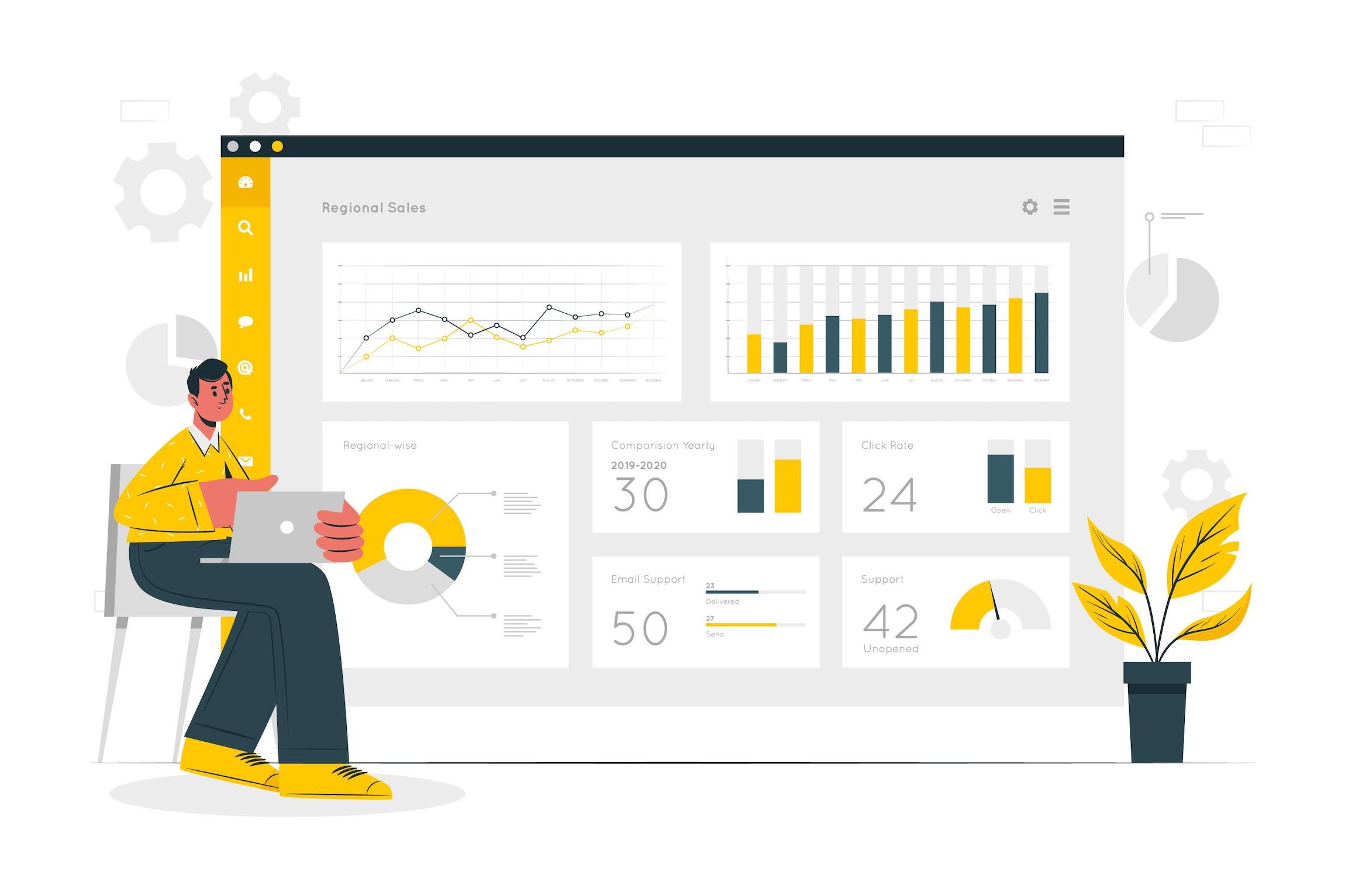Tips for Making the Most of Google Analytics on your website

Google Analytics is a powerful tool that can provide valuable insights into your website's performance. Here are some tips for making the most of the tool:
-
Set up goals: Goals allow you to track specific actions on your website, such as completing a purchase or filling out a form. Use them to measure the effectiveness of your website and make data-driven decisions. To set up goals, go to your Google Analytics dashboard and click on "Admin." Then, under the "View" column, click on "Goals" and follow the prompts to create your goal.
-
Use segments: Segments allow you to isolate and analyze specific subsets of your website's data. Use them to gain insights into user behavior and optimize your website accordingly. For example, you can create a segment for users who have made a purchase on your website and analyze their behavior to improve the user experience for future customers.
-
Pay attention to bounce rate: Bounce rate is the percentage of visitors who leave your website after only viewing one page. A high bounce rate can indicate that your website is not engaging or relevant to your visitors. Use Google Analytics to identify pages with a high bounce rate and make changes to improve the user experience.
-
Monitor traffic sources: Google Analytics can show you where your website's traffic is coming from, whether it's from search engines, social media, or other websites. Use this information to optimize your marketing efforts and focus on channels that are driving the most traffic to your website.
-
Analyze user behavior: Google Analytics can track how users interact with your website, including which pages they visit, how long they stay on each page, and what actions they take. Use this information to identify areas where users are dropping off or getting stuck and make changes to improve the user experience.
-
Monitor site speed: Site speed is a crucial factor in user experience and can impact your website's search engine rankings. Use Google Analytics to monitor your website's load time and identify areas where you can optimize for faster loading.
-
Use custom reports: Custom reports allow you to create customized views of your website's data. Use them to analyze data that is specific to your business goals or to create reports that are tailored to your team's needs.
By following these tips, you can make the most of Google Analytics and use the insights gained to optimize your website and improve the user experience for your visitors. Remember that the key to success with Google Analytics is to regularly review and analyze your data to identify areas for improvement and make data-driven decisions.


Comments